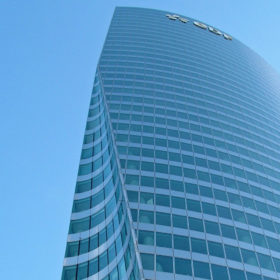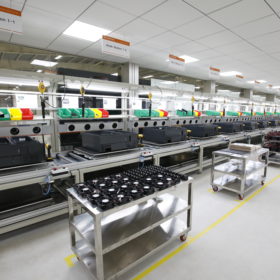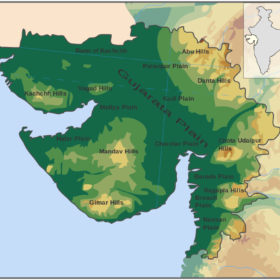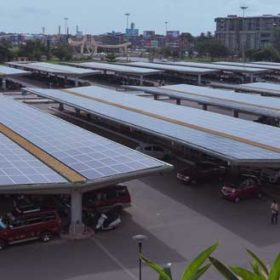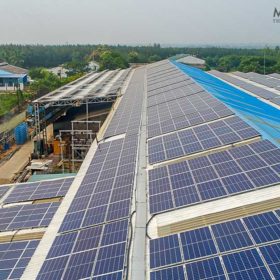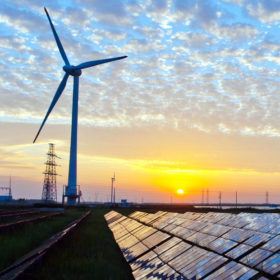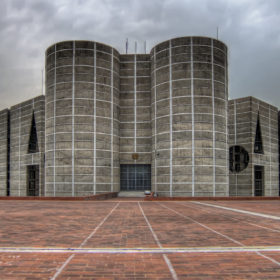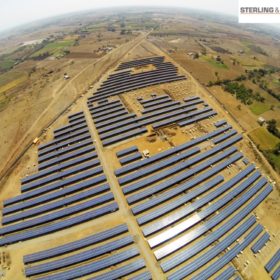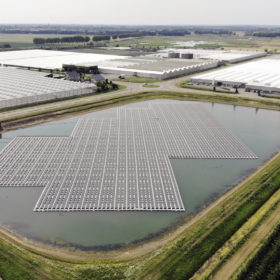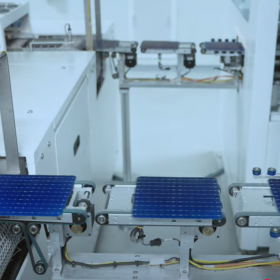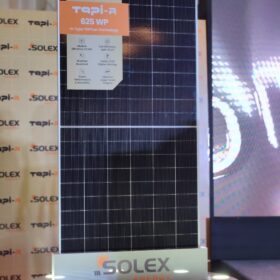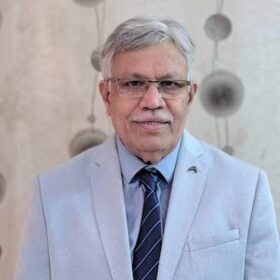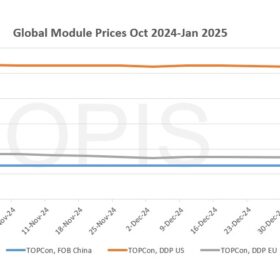Eden Renewables bags 1.35 GWp of solar projects in four months
The generation capacity – three 450 MWp projects in Rajasthan – is expected to be commissioned towards early 2022.
IRENA presents $2tn plan to drive 5.5m renewables jobs by 2023
Doubling down on renewable energy investment and energy transition spending is required to ensure a truly green global recovery from the Covid-19 crisis and its economic aftershock, claims the International Renewable Energy Agency.
Gujarat tenders 500 MW of solar
Projects can be established anywhere in the state which has spare grid capacity, with the relevant substations listed on the Gujarat Energy Transmission Corporation website.
Tata Power to set up Indian health sector’s largest solar carport
The developer will commission a 335 kWp ‘carport-style’ solar plant for Apollo Gleneagles Hospital in Kolkata city, West Bengal. It is estimated the plant will generate around 426 MWh of electricity for the hospital per year and reduce annual carbon emissions by 80kg.
Tender for 7.5 MWp of grid-connected rooftop solar in Andaman
October 20 is the final date to submit bids for the generation capacity, which will be set up on buildings on the islands of Middle and North Andaman.
Auctions show Indian renewables still primed for growth
A report by the Institute for Energy Economics and Financial Analysis says there is plenty of investment capital available for Indian renewables despite pandemic disruption.
Choosing the right sites for Indian renewables
With biodiversity concerns and social impacts such as arguments over the loss of agricultural land delaying projects, non-profit The Nature Conservancy India has published a report to help developers choose their locations more carefully and get India’s energy transition back on track.
Hero Future Energies plans first Indian investment in Bangladesh grid scale solar
The New Delhi-based developer is planning a 50 MW plant after the 100 MW facility originally proposed was stymied by the power evacuation equipment available at the Khulna site.
Sterling and Wilson bags 107 MW solar project in Chile
The solar plant is the Indian multinational’s fifth win in Latin America. The EPC has a a 93.3 MW project in Argentina and is constructing three other Chilean PV plants with a total generation capacity of 588 MW.
Floating PV driving Odisha solar growth
The state, which is aiming to hit 2.2 GW of solar within two years, has received a Solar Energy Corporation of India proposal for 500 MW of floating project capacity even as it approves a 40 MW water-borne array put forward by the national solar body. The 500 MW suggested comes on top of a similar scale of floating PV planned across the state by public hydropower company NHPC.
